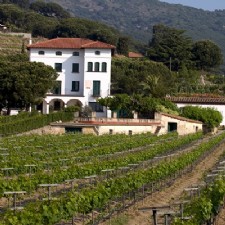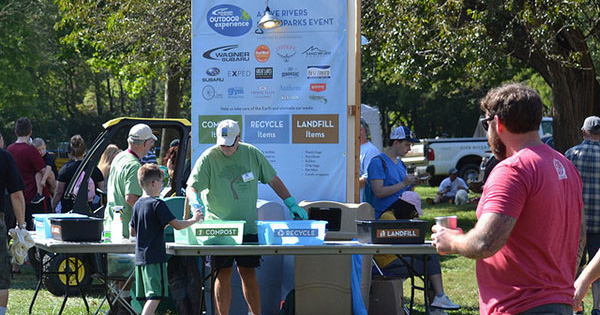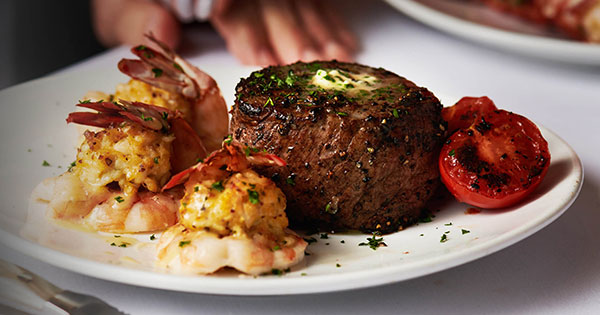
Fun fact – although France and Italy produce the most wine, Spain has more land devoted to vineyards than anywhere else.
A Tour of Spain
Fun fact – although France and Italy produce the most wine, Spain has more land devoted to vineyards than anywhere else. But since so much of Spain is arid and rocky, they have fewer vines and lower yields. This month is a quick tour of the major wine regions and grapes of Spain, plus a buying guide to some of my favorites. I'm skipping Sherry, which is a complicated subject that deserves its own column, and I touched on Spain's sparkling wine, Cava, in December.
Spain is best-known for just a handful of grapes, some introduced by the Romans. The major white varieties are Albariño, which makes fruity, juicy wines that are best drunk young; Verdejo, which goes into fuller-bodied whites; and Macabeo (also known as Viura), an important component of Cava and also found in still whites.
For red, Tempranillo and Garnacha (aka Grenache) reign supreme, either alone or blended together. Monastrell (aka Mourvedre) and Mencia are important native grapes that are currently on the upswing. Recent imports from France also include Syrah and Merlot. Garnacha makes some excellent rosés in Spain as well.
Spain's two best-known regions are Rioja and Ribera del Duero, both located in the north-central part of the country. These are the Spanish equivalents to Napa, Bordeaux, and Tuscany – where long-lived, powerful, and sophisticated reds spend years in the barrel and bottle before going on the market. In fact, Spain is one of the few places where “Reserve” has a specific, legal meaning for the aging process. Rioja and Ribera del Duero both rely on Tempranillo, usually with Garnacha blended in. The Joven and Crianza designations, which see the least amount of oak, are usually more appealing to the casual palate, but Reserva and Gran Reserva from those two zones are some of the ultimate examples of winemaking skill.
Galicia in the northwest is the damp, green, fertile section of Spain – like a slice of Ireland dropped onto the Iberian peninsula. The fresh, lively Albariño grape hails from here, and it makes a lovely wine for summertime patio drinking. A little inland, in Bierzo, Mencia is used to make a medium-bodied red that is reminiscent of both Cabernet Franc and Pinot Noir, while still being distinctively its own thing.
Other regions to look for in the east and north-east, primarily for their reds, include Yecla, Campo de Borja, and Priorat. Rueda, close to the Portuguese border, makes powerful whites from Verdejo. La Mancha, just south of Madrid, produces a lot of inexpensive reds, and you can occasionally find bargains there.
One word about food pairing, and then on to some recommendations! Spanish reds, especially Garnacha and Tempranillo, are wonderful with pork. Whether it's grilled chops, slow-cooked smoky barbeque, a roast, or a tenderloin, my first instinct is to pair the pig with a Spanish red.
Recommendations:
Valiñas Albariño: simply the finest Albariño I've ever tasted, with lush melon fruit - $18
Perfum de Vi Blanc: a Macabeo-based blend with a full flavor profile; great in the summer - $15
Evodia Old-Vine Garnacha: great pepper, smoke, and body, with touches of fruit as well - $14
Capitoso Crianza (Rioja): dried cherries and a light touch of oak, with amazing length - $18
La Granja Tempranillo: mouthfuls of spicy fruit and good tannins. Look for the pig on the label - $6
Cuatro Pasos Mencia: spicy aromas, then plum and spicy mocha on the palate. Yummy - $15
Give a bottle from Spain a try soon – and please let us know on Facebook what you think.
Cheers!


















